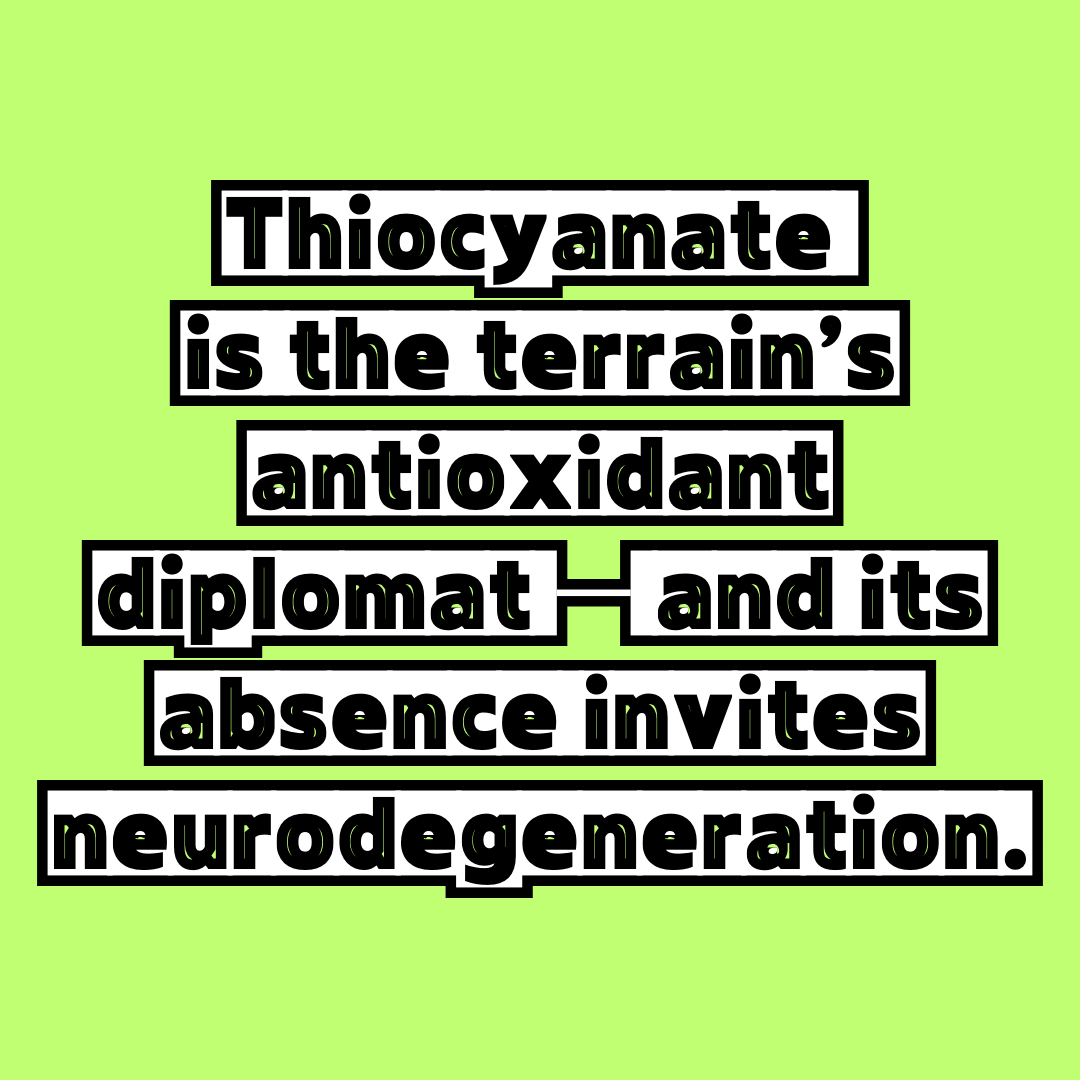Parkinson’s is connected to sodium/SCN⁻ deficiency. Is there an increased Risk in CF?
Here’s a rigorous synthesis of the connections between Parkinson’s disease, cystic fibrosis (CF), and sodium/SCN⁻ deficiency — integrating terrain logic, published findings, and glyphic insight: 🧠 I. Parkinson’s & Cystic Fibrosis: Rare but Revealing Overlap “CF and Parkinson’s m
salt deficiency may mimic other conditions
Here’s a concise, evidence-informed breakdown showing how acute or chronic sodium deficiency or mismanagement (restriction, wasting, or inability to retain) may mimic, exacerbate, or parallel mechanisms seen in these conditions. Each bullet links sodium to key dysfunctions: Parkinson’s Disease C
Sex-determining region Y protein (SRY), or testis-determining factor (TDF)
Sex-determining region Y protein (SRY), or testis-determining factor (TDF), is a DNA-binding protein (also known as gene-regulatory protein/transcription factor) encoded by the SRY gene that is responsible for the initiation of male sex determination 
Pharmacologically, nicotine acts on cholinergic (nicotinic-specific) receptors which are depleted in AD and PD. Nicotinic receptors also interact closely with several neurotransmitters including dopamine, which is implicated in both PD and Gilles de la Tourettes’s syndrome
Does nicotine have beneficial effects in the treatment of certain diseases? Birtwistle J, Hall K. Does nicotine have beneficial effects in the treatment of certain diseases? Br J Nurs. 1996 Oct 24-Nov 13;5(19):1195-202. doi: 10.12968/bjon.1996.5.19.1195. PMID: 9006184.
Smoking is beneficial against Parkinson’s, Alzheimer’s, allergic alveolitis, nausea and vomiting of pregnancy, pre-eclampsia, fibroids, carcinoma of body of uterus, ulcerative colitis, pyoderma gangrenosum, aphthous stomatitis and ulceration, pemphigus, herpes simplex and acne
Smoking can be good for you Wolf R, Orion E, Matz H, Maitra S, Rowland-Payne C. Smoking can be good for you. J Cosmet Dermatol. 2004 Apr;3(2):107-11. doi: 10.1111/j.1473-2130.2004.00069.x. PMID: 17147565.
Protein phosphorylation was first reported in 1906
Protein phosphorylation is a reversible post-translational modification of proteins in which an amino acid residue is phosphorylated by a protein kinase by the addition of a covalently bound phosphate group. Phosphorylation alters the structural conformation of a protein, causing it to
Erich Traub (1906 – 1985) German veterinarian, scientist and virologist who specialized in foot-and-mouth disease, Rinderpest and Newcastle disease
Erich Traub worked directly for Heinrich Himmler, head of the Schutzstaffel (SS), as the lab chief of the Nazis’ leading bio-weapons facility on Riems Island. Note: Riems is home to the oldest virological research institution in the world, now called the Friedrich Loeffler
PPARGC1A is also known as human accelerated region 20 (HAR20) and may have played a key role in differentiating humans from apes
Peroxisome proliferator-activated receptor gamma coactivator 1-alpha (PGC-1α) is a protein that in humans is encoded by the PPARGC1A gene. PPARGC1A is also known as human accelerated region 20 (HAR20). It may, therefore, have played a key role in differentiating humans from apes. PGC-1α is




